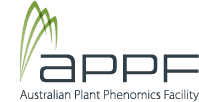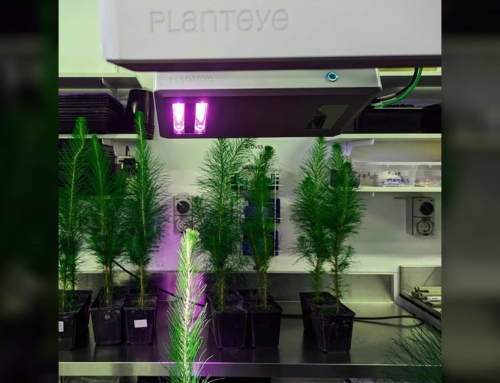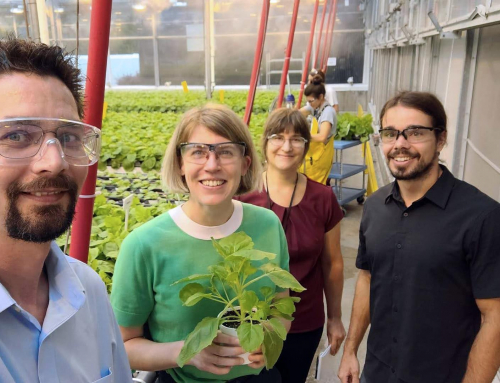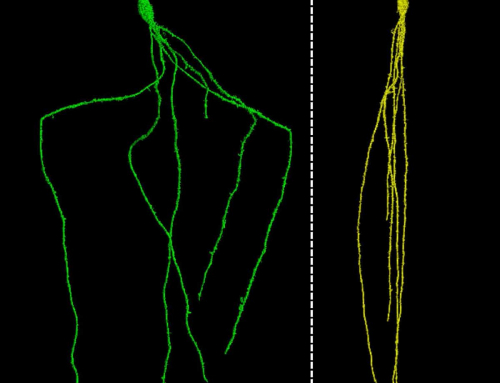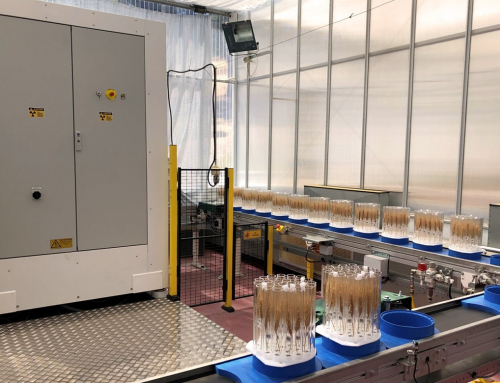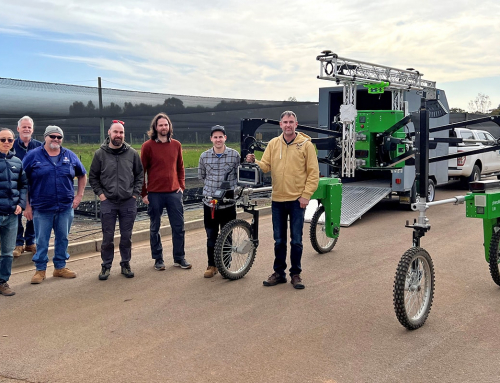Boris Parent, Fahimeh Shahinnia, Lance Maphosa, Bettina Berger, Huwaida Rabie, Ken Chalmers, Alex Kovalchuk, Peter Langridge and Delphine Fleury (2015). Journal of ExperimentalBotany. doi:10.1093/jxb/erv320
Abstract:
Crop yield in low-rainfall environments is a complex trait under multigenic control that shows significant genotype x environment (GxE) interaction. One way to understand and track this trait is to link physiological studies to genetics by using imaging platforms to phenotype large segregating populations. A wheat population developed from parental lines contrasting in their mechanisms of yield maintenance under water deficit was studied in both an imaging platform and in the field. We combined phenotyping methods in a common analysis pipeline to estimate biomass and leaf area from images and then inferred growth and relative growth rate, transpiration, and water-use efficiency, and applied these to genetic analysis. From the 20 quantitative trait loci (QTLs) found for several traits in the platform, some showed strong effects, accounting for between 26 and 43% of the variation on chromosomes 1A and 1B, indicating that the G×E interaction could be reduced in a controlled environment and by using dynamic variables.
Co-location of QTLs identified in the platform and in the field showed a possible common genetic basis at some loci. Co-located QTLs were found for average growth rate, leaf expansion rate, transpiration rate, and water-use efficiency from the platform with yield, spike number, grain weight, grain number, and harvest index in the field.
These results demonstrated that imaging platforms are a suitable alternative to field-based screening and may be used to phenotype recombinant lines for positional cloning. Full PDF
